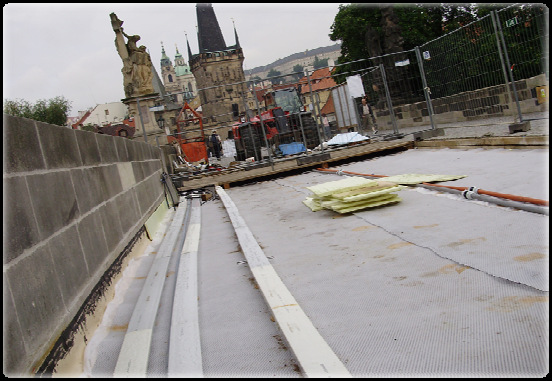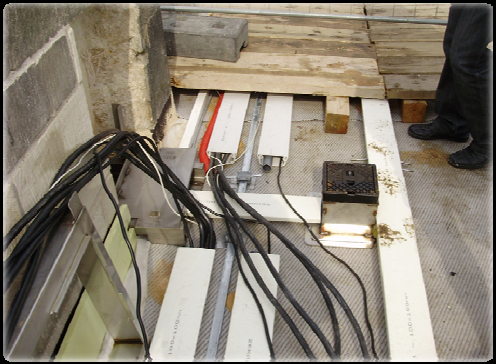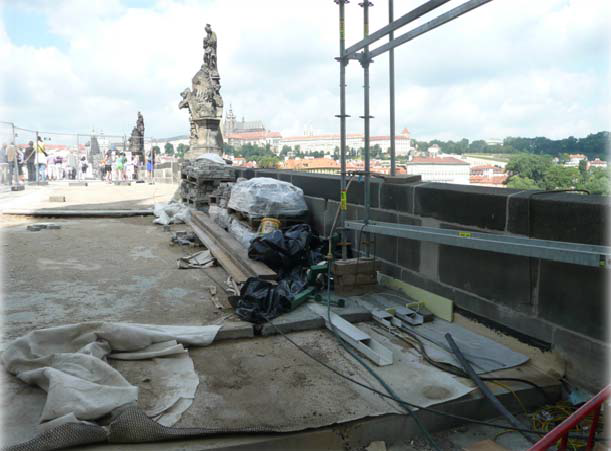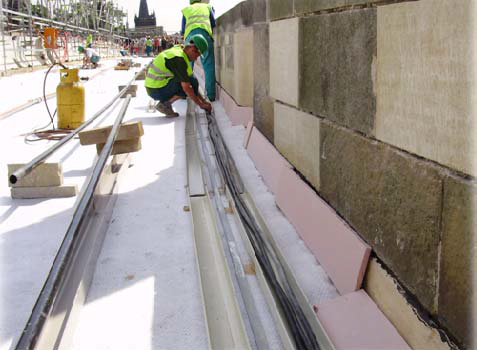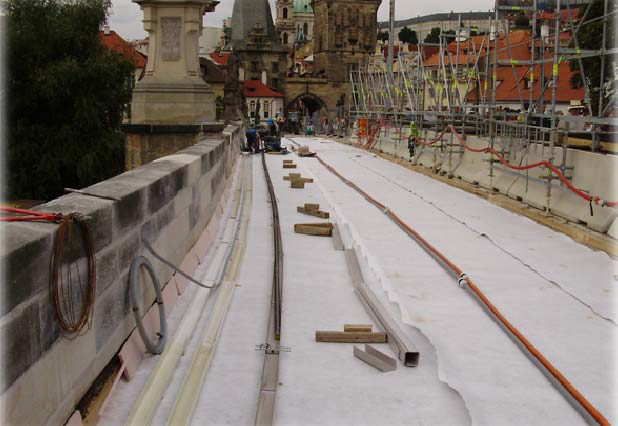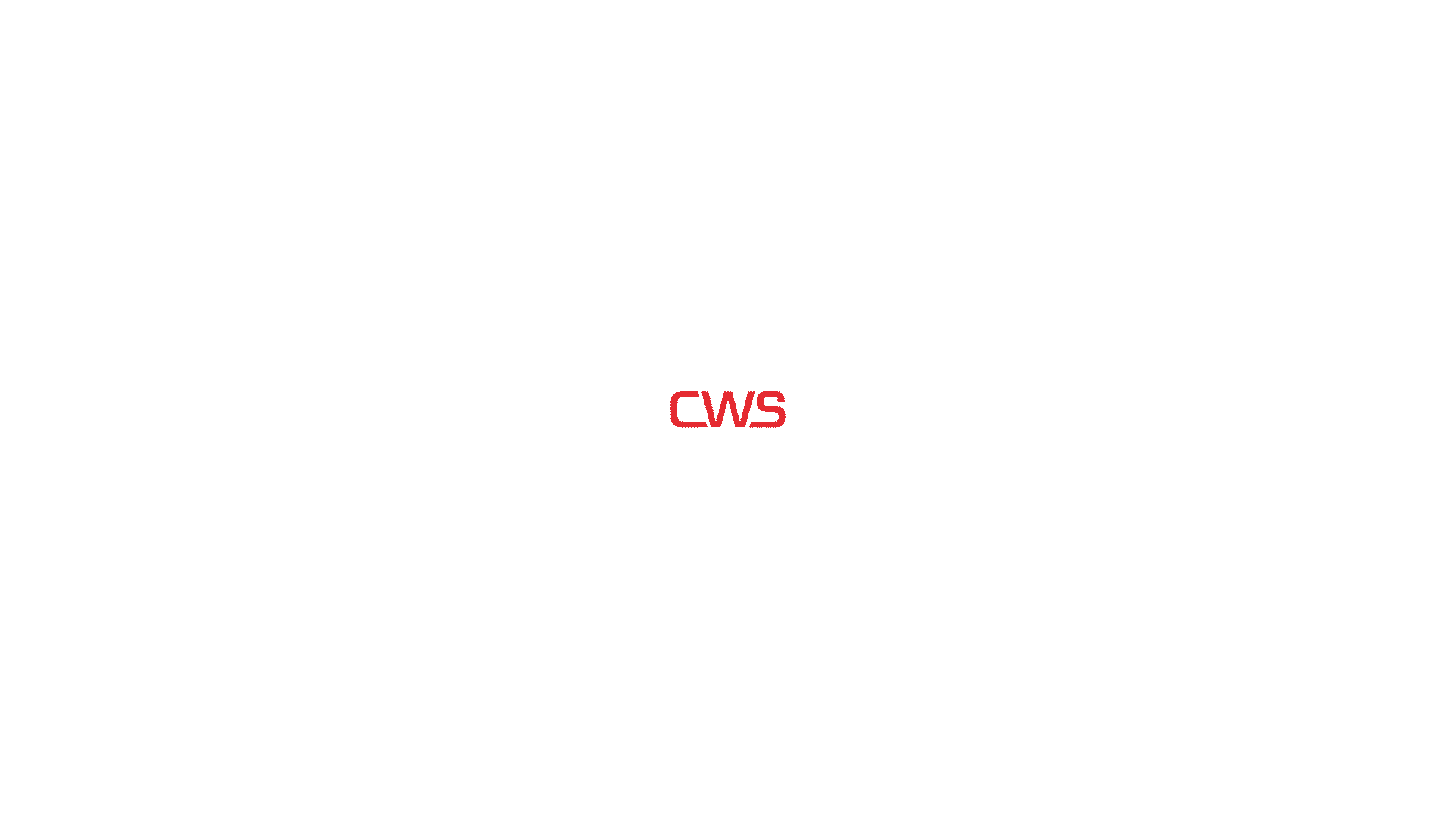Charles Bridge is the oldest bridge in Prague over the Vltava River and the second-oldest preserved bridge in the Czech Republic. Charles Bridge, which together with Prague Castle is probably the most famous monument in Prague, was built by Charles IV. The foundation stone for the bridge piers was laid on 9 July 1357. The construction work was undertaken by Charles's court architect Petr Parléř. The entrance tower on the Old Town bank was also completed under his direction between 1373 and 1380.
Currently, it is a national cultural monument included on the prestigious UNESCO list.
The Charles Bridge is made of 16 stone arches and connects the oldest parts of Prague, the Old Town, with the Lesser Town. The length of the bridge is 516 m and its width is 10.40 m. The Charles Bridge was used by horse-drawn carriages, trams, buses and even automobiles, which completed its road career. Nowadays, fortunately, it serves only for pedestrians and mainly as a cultural and scenic promenade for visitors to Prague.
The new pavement is made in individual layers and always in the extent of one longitudinal half of one bridge span.
The first layer is a levelling layer of KSC (cement cement cement aggregate) with a variable thickness of approx. 50 to 400 mm, which is placed on a separating geotextile.
The second layer is a layer of slump concrete C 30/37 - XF1 (in constant thickness 150 mm), which already forms the base for the sprayed insulation Eliminator. Eliminator is a membrane insulation made of a two-component material based on methacrylate resins. The sprayed insulation is vaned at the edge (approx. 200 mm high) onto the vertical face of the parapet railings and terminates here in a milled groove running 20 mm below the road surface.
To drain water from the surface of the insulation, a drainage mat is spot glued to the surface of the insulation. The drainage mat consists of HDPE geogrid with fibres at an angle of 60° with a one-sided geotextile lamination.
The drainage layer is covered with a covering concrete layer made of concrete C 30/37 - XF3, 80 mm thick. This relatively inconspicuous layer is referred to as the "heitec" layer by those involved in the construction. Into this relatively thin layer it is necessary to hide and "zigzag" the lines of all the newly required utilities on the bridge, i.e. gas lighting pipes, gas lighting control cables, festive lighting cables, navigation sign lighting cables and fibre optic camera system cables.
The networks are installed by ELTODO EG, a.s. All networks are mainly stored in plastic channels manufactured by CWS s.r.o., under the trade name ZEKAN® 1 with a reduced sidewall to 75mm.
During 2008 and 2009, 3280 metres of ZEKAN® 1 cable channels were delivered to ELTODO EG, a.s. for the reconstruction of the Charles Bridge.
Reason for using ZEKAN1 channels :
- High mechanical strength at low weight
- Easy processability
- Fire resistance
- Long lifetime
